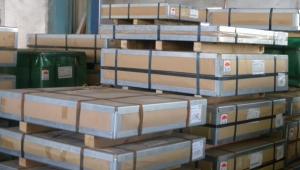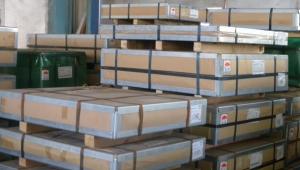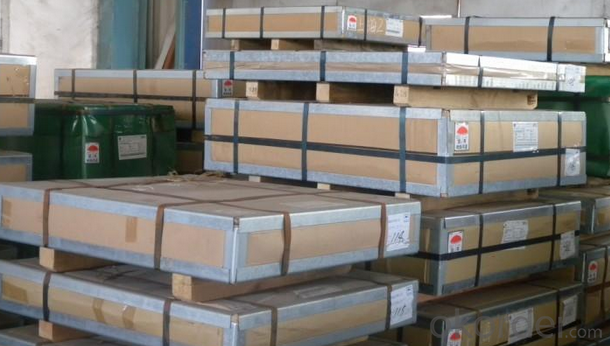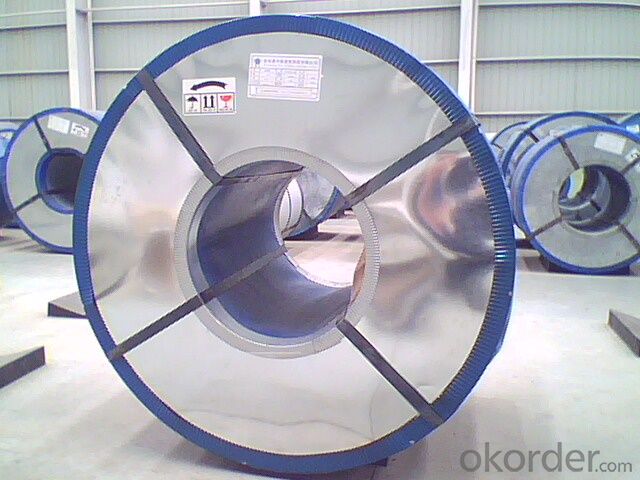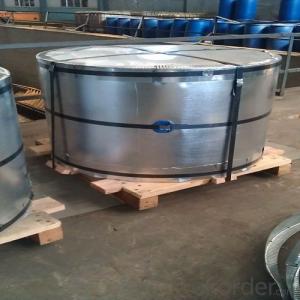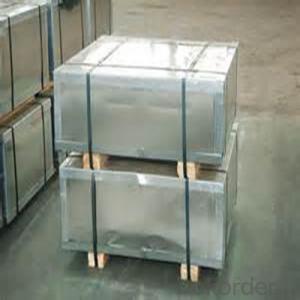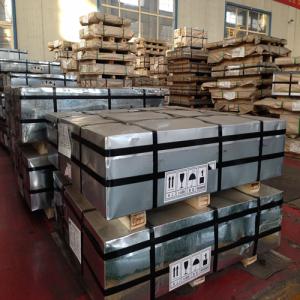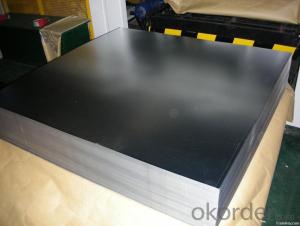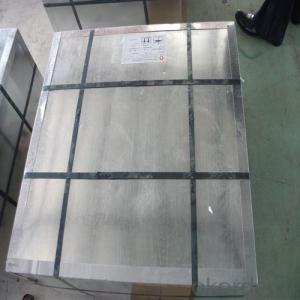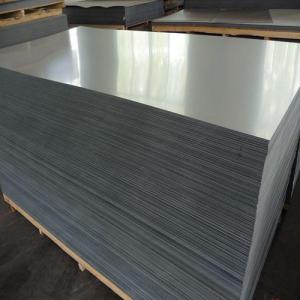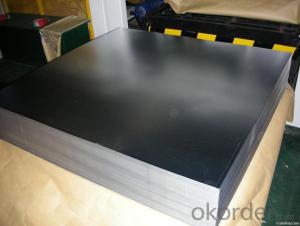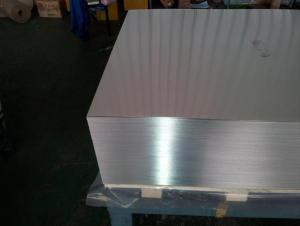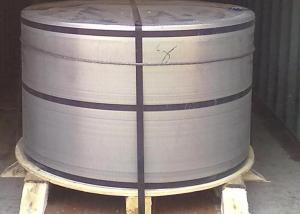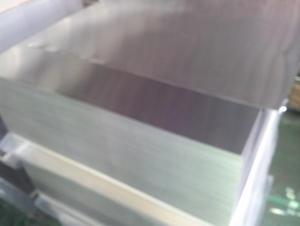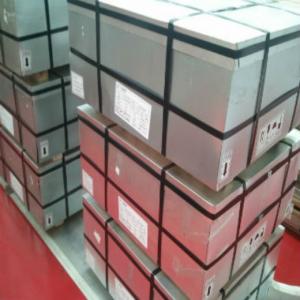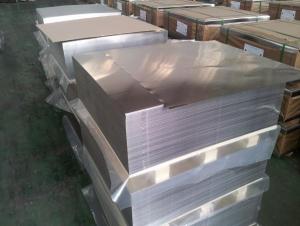Electrolytic Tin Plate Coils and Sheets for Chemical Can
- Loading Port:
- China Main Port
- Payment Terms:
- TT or LC
- Min Order Qty:
- 25 m.t.
- Supply Capability:
- 30000 m.t./month
OKorder Service Pledge
OKorder Financial Service
You Might Also Like
1.Structure of Electrolytic Tin Plate Coils and Sheets for Chemical Can Description
Due to Tinplate packaging`s good seal, nature, dark, robustness and unique decorative metal charm, it has a wide range of coverage in the packaging container industry,and common international packaging varieties. With a variety of CC tinplate material, DR materials, chrome plated and constantly enrich and promotion and development of packaging products and technology, tinplate packaging has promoted with innovation.
Because of its strong antioxidant and diverse styles, beautifully printed, tinplate containers are very popular and loved by customers, and they are widely used in food packaging, pharmaceutical packaging, commodity packaging, instrumentation, packaging, industrial packaging and so on.
With the continuous improvement of tinplate printing technology and processing technology, tinplate packaging has developed more widely.
2.Main Features of Electrolytic Tin Plate Coils and Sheets for Chemical Can
Appearance – Electrolytic Tin Plate is characterized by its beautiful metallic luster. Products with various kinds of surface roughness are produced by selecting the surface finish of the substrate steel sheet.
Paintability and printability – Electrolytic Tin Plates have excellent paintability and printability. Printing is beautifully finished using various lacquers and inks.
Formability and strength – Electrolytic Tin Plates have got very good formability and strength. By selecting a proper temper grade, appropriate formability is obtained for different applications as well as the required strength after forming.
Corrosion resistance – Tinplate has got good corrosion resistance. By selecting a proper coating weight, appropriate corrosion resistance is obtained against container contents. Coated items should meet 24 hour 5 % salt spray requirement.
Solderability and weldability – Electrolytic Tin Plates can be joined both by soldering or welding. These properties of tinplate are used for making various types of cans.
Hygienic – Tin coating provides good and non toxic barrier properties to protect food products from impurities, bacteria, moisture, light and odours.
Safe – Tinplate being low weight and high strength makes food cans easy to ship and transport.
Eco friendly – Tinplate offers 100 % recyclability.
Tin is not good for low temperature applications since it changes structure and loses adhesion when exposed to temperatures below – 40 deg C.
3.Electrolytic Tin Plate Coils and Sheets for Chemical Can Images
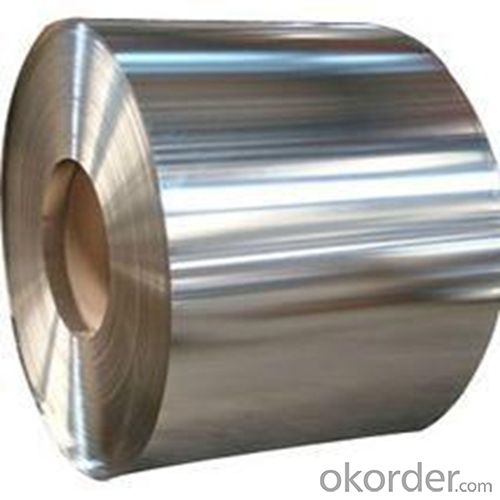
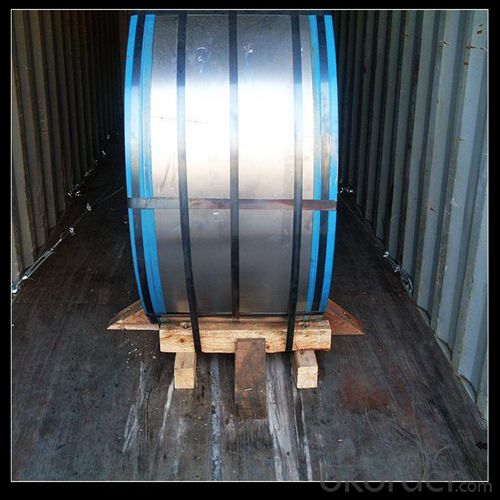
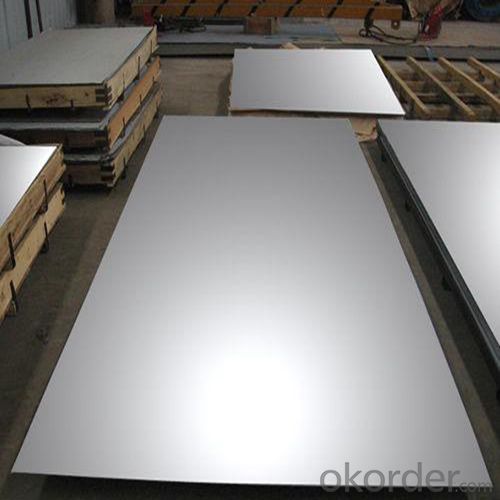
4.Electrolytic Tin Plate Coils and Sheets for Chemical Can Specification
Standard | ISO 11949 -1995, GB/T2520-2000,JIS G3303,ASTM A623, BS EN 10202
|
Material | MR,SPCC |
Thickness | 0.15mm - 0.50mm |
Width | 600mm -1150mm |
Temper | T1-T5 |
Annealing | BA & CA |
Coil Inner Diameter | 508mm |
Weight | 6-10 tons/coil 1~1.7 tons/sheets bundle |
Passivation | 311 |
Oil | DOS |
Surface | Finish,bright,stone,matte,silver |
5.FAQ of Electrolytic Tin Plate Coils and Sheets for Chemical Can
- How are the Electrolytic Tin Plates specified?
The Electrolytic Tin Plates are specified as per the steel base, extent of tempering, the coating weight, annealing method and the surface finish.
- How many types there are for base steels?
The base steels are of three types: Type MR, L, D,SPCC
- Q: How does tinplate perform in terms of resistance to mechanical stress?
- Tinplate performs well in terms of resistance to mechanical stress. It is known for its strength and durability, making it suitable for applications that require withstanding pressure, impact, or bending without deforming or breaking easily.
- Q: What are the common storage and handling requirements for tinplate?
- Common storage and handling requirements for tinplate include keeping it in a dry and clean environment to prevent corrosion, avoiding exposure to extreme temperatures, and ensuring proper stacking to prevent damage to the material. It is also important to handle tinplate with care to avoid any bending or scratching that could affect its quality and appearance.
- Q: The difference between a matte tin plate and a bright tin plate
- Rough tinplate:After a slight rough treatment was to remove the original board plating processing gloss after use, through the soft melting process, which has a unique metallic luster, is a kind of printing, cans and other processing to generate abrasion and easy to use tinplate.
- Q: What are the different types of tinplate lamination?
- There are primarily two types of tinplate lamination: single-sided lamination and double-sided lamination. In single-sided lamination, only one side of the tinplate is laminated with a protective layer, typically made of a polymer or lacquer. On the other hand, double-sided lamination involves laminating both sides of the tinplate, providing enhanced protection and barrier properties.
- Q: How is tinplate coated for household appliances?
- Tinplate is coated for household appliances through a process called electrolytic tinning. It involves immersing the steel sheet in an electrolyte bath while applying an electric current. This causes tin ions to be attracted to the steel sheet's surface, resulting in a smooth and corrosion-resistant coating.
- Q: What is the global demand for tinplate?
- The global demand for tinplate is significant and continuously growing. Tinplate is widely used in various industries such as packaging, electronics, automotive, and construction. Its corrosion resistance, durability, and versatility make it a preferred choice for packaging materials, especially in the food and beverage sector. With the increasing population and urbanization, the demand for tinplate is expected to further rise in the coming years, driven by factors like increasing consumer goods consumption and technological advancements.
- Q: How is tinplate coated with anti-tarnish materials?
- Tinplate is coated with anti-tarnish materials through a process called passivation. This involves applying a thin layer of protective coating onto the tinplate surface to prevent oxidation and tarnishing. The coating can be made from various materials such as organic compounds or inorganic substances like chrome or zinc, which create a barrier against moisture and other corrosive elements. This helps to maintain the aesthetic appeal and durability of the tinplate over time.
- Q: What are the benefits of using tinplate for kitchenware?
- There are several benefits of using tinplate for kitchenware. Firstly, tinplate offers excellent corrosion resistance, ensuring that the kitchenware remains durable and long-lasting. Secondly, tinplate is lightweight, making it easy to handle and maneuver while cooking. Additionally, tinplate has a smooth and shiny surface, enhancing the aesthetic appeal of kitchenware. Lastly, tinplate is also a sustainable choice as it can be easily recycled, contributing to environmental conservation efforts.
- Q: How does tinplate perform in extreme temperatures?
- Tinplate performs well in extreme temperatures due to its high melting point and excellent heat resistance properties. It remains stable and maintains its mechanical strength even under extreme heat or cold conditions, making it a reliable material for various applications in extreme temperature environments.
- Q: How does tinplate perform in terms of light blocking?
- Tinplate is an effective material for light blocking. Its thick and durable structure prevents light from passing through, making it suitable for applications that require complete light protection, such as packaging for light-sensitive products or containers for storing food and beverages.
Send your message to us
Electrolytic Tin Plate Coils and Sheets for Chemical Can
- Loading Port:
- China Main Port
- Payment Terms:
- TT or LC
- Min Order Qty:
- 25 m.t.
- Supply Capability:
- 30000 m.t./month
OKorder Service Pledge
OKorder Financial Service
Similar products
Hot products
Hot Searches
Related keywords
